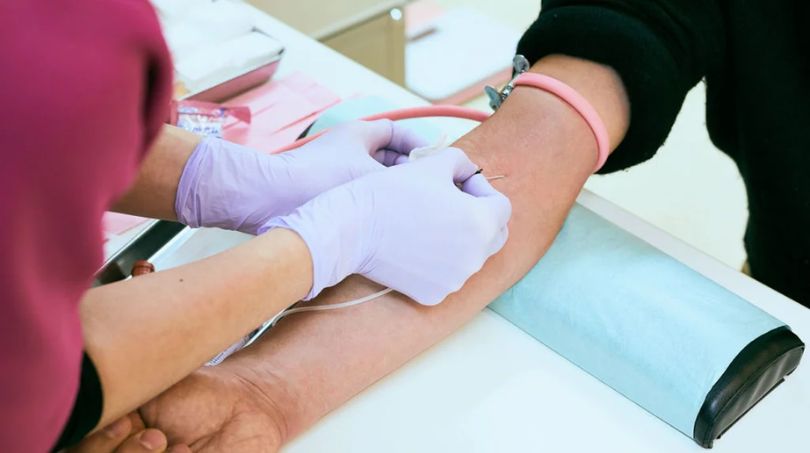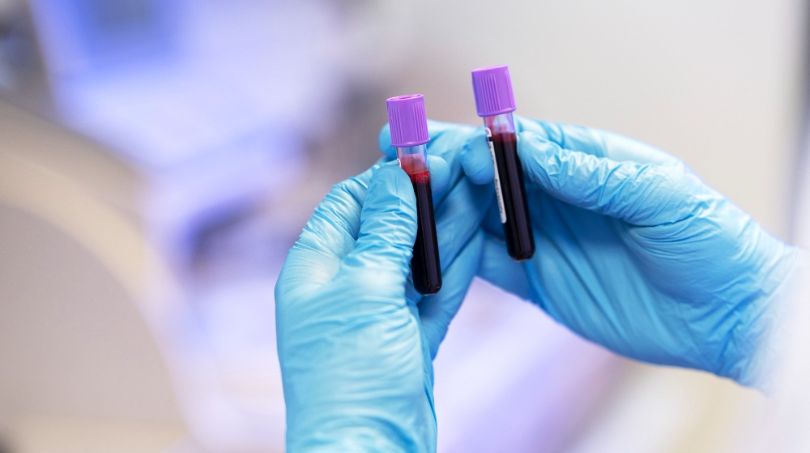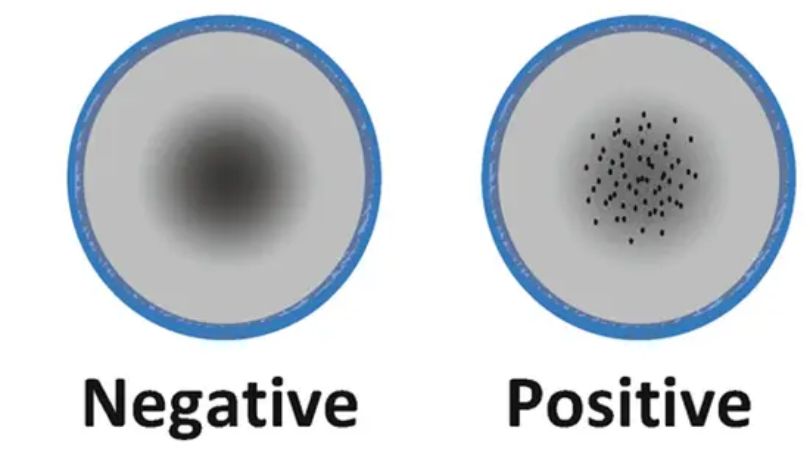चेहरे को बनाएं खूबसूरत और पाएं निखार चेहरे की एलर्जी को ठीक करेंगे यह घरेलू उपचार।
06 May 2024बदलती लाइफस्टाइल और बदलते पर्यावरण ने चेहरे की खूबसूरती को बनाए रखना…
read moreVDRL stands for The Venereal Disease Research Laboratory, is a blood test used to screen for syphilis, a sexually transmitted infection caused by the bacterium Treponema pallidum. The test is based on the detection of antibodies produced by immune system in response to the infection.
It can also be used to monitor the effectiveness of treatment and to screen high risk individuals such as pregnant womens or individuals who engage in risky sexual behaviours. It can lead to serious health conditions if left untreated.

While the VDR is a valuable screening tool, it has some limitations. One such limitation is its reduced sensitivity during the early stage of syphilis. It takes time for the body to produce detachable levels of antibodies, which can result in false negative result. In such cases, additional testing methods like the Treponemal antibody test is conducted.
Another limitation is the possibility of the false positive results, such conditions like autoimmune diseases, recent vaccinations, pregnancy, or other infections, can lead to false-positive VDRL test results. Therefore, confirmatory testing is essential to rule out false positives and ensure accurate diagnosis.
Read more about- PET Scan test
The VDRL (Venereal Disease Research Laboratory) test is conducted in specific situations to screen, diagnose, or monitor syphilis infections. Here are some common scenarios when the VDRL test is conducted:

Note: It’s important to note that the decision to conduct a VDRL test is ultimately made by a healthcare professional based on individual circumstances, risk factors, and clinical judgment. If you suspect you have been exposed to syphilis or have concerns about your sexual health, it’s best to consult a healthcare provider who can guide you through the appropriate testing process.
The VDRL (Venereal Disease Research Laboratory) test is a blood test used to screen for syphilis. Here is an overview of the test procedure:

Note: It’s important to note that the VDRL test is a screening test, and if the result is positive, it requires confirmation using additional tests, such as treponemal antibody tests like the FTA-ABS (Fluorescent Treponemal Antibody Absorption) or TP-PA (Treponema pallidum Particle Agglutination) test. These tests are more specific and can confirm the presence of syphilis antibodies.
The result of the VDRL test is reported as a titer, which indicates the dilution of the serum at which a positive reaction occurs. The titer is expressed as a ratio, such as 1:4, 1:8, 1:16, and so on.
In general, a lower titer (e.g., 1:4) is considered a weaker or less significant reaction, while a higher titer (e.g., 1:64) is considered a stronger or more significant reaction. However, it’s important to note that the interpretation of VDRL test results depends on various factors, including the individual’s clinical history, the stage of syphilis (if present), and the presence of any confirmatory test results.
The results and reports of the VDRL (Venereal Disease Research Laboratory) test are typically presented in a laboratory report or medical record. Here’s a general outline of what you might find in a VDRL test report:
Test Results: The report will indicate the result of the VDRL test. It can be reported as positive, negative, or sometimes as an equivocal (uncertain) result.
Titer: If the VDRL test is positive, the report may include the titer of the positive reaction. The titer indicates the dilution of the serum at which a positive reaction occurs.
Interpretation: The report may include an interpretation section that provides a summary of the VDRL test result and its significance. It may also mention the need for further confirmatory testing, such as treponemal antibody tests, to validate the results.
Additional information: The report may include additional information relevant to the VDRL test, such as the date and time of the test, the laboratory performing the test, and any specific comments or notes from the healthcare provider or laboratory personnel.
Consider reading- Troponin test
To book a VDRL (Venereal Disease Research Laboratory) test, you can follow these general steps:
The VDRL test involves collecting a blood sample from a vein, usually in the arm. The sample is then sent to a laboratory where it is processed and mixed with an antigen derived from the syphilis bacteria. The test measures the presence of syphilis antibodies in the blood.
Yes, the VDRL test can give false-positive results, meaning it may indicate the presence of syphilis antibodies when there is no actual infection. Conditions such as autoimmune diseases, recent vaccinations, pregnancy, or other infections can lead to false-positive results.
The time it takes to receive VDRL test results can vary depending on the testing facility. In some cases, results may be available within a few hours to a few days.
With over 5000 doctors and experts in the healthcare field medical directory provides a listing of all doctors across a wide variety if medical fields
बदलती लाइफस्टाइल और बदलते पर्यावरण ने चेहरे की खूबसूरती को बनाए रखना…
read moreThe overall personality of an individual depends upon lots of things. One…
read moreआज हर दूसरा व्यक्ति अपने विकास को लेकर चिंतित है फिर वह…
read moreBhumi amla is a very useful plant that is used for many…
read more
© Copyright 2024 PlanMyMedical. All rights reserved.
Comments (0)